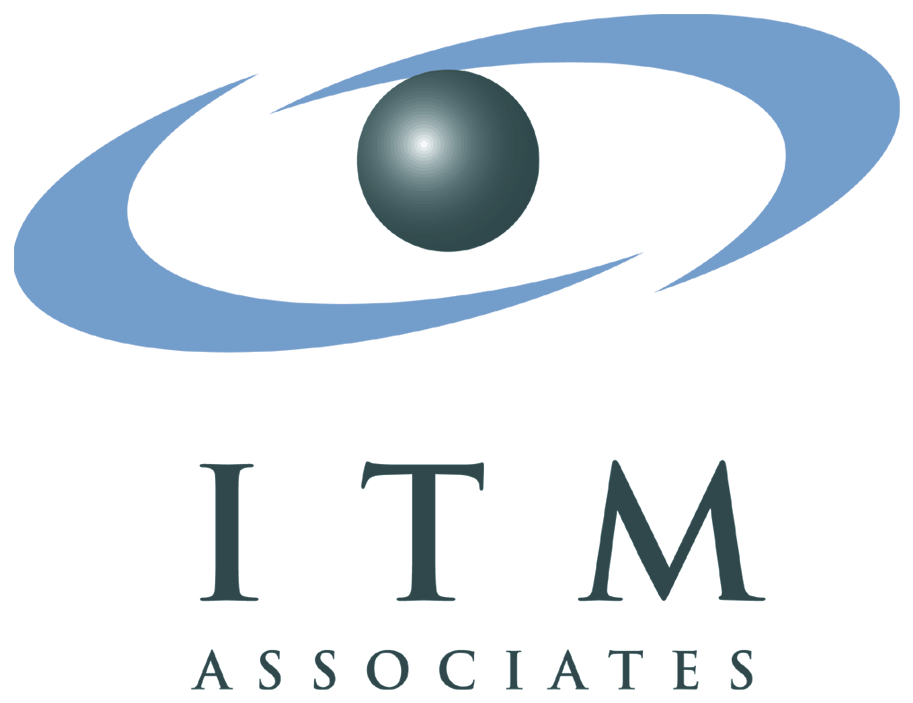Almost anyone who has laid fingers on a PC--especially to use an Internet browser--has used the free, ubiquitous Adobe Acrobat Reader to view PDF documents. In the worlds of online project collaboration and document approval, as well as creation and delivery of online forms, the feats that can be performed by Adobe Acrobat are impressive. Just ask the folks at ITM Associates. Their PDF InFusion eReview and eForms products take these inherently impressive abilities and infuse them with some truly extraordinary talents.
eReview
PDF InFusion eReview lets you create a multi-level document review process that can be hosted on Lotus Domino or any Web server--residing on your iSeries or otherwise--in which any number of people, located anywhere in the world, can access PDF versions of documents for review via the Web.
Documents can be reviewed simultaneously by all reviewers or sequentially by reviewers in an approval hierarchy. In either case, reviewers can add in-context annotations while viewing in real time the changes made by any other members of the review team. Reviewers can click on any revision mark on the PDF document and instantly link to the annotation thread for that change to see who made the change, any comments associated with the change, and anything that others in the review group had to say about it. Plus, you can bestow selected reviewers with the power to alter the status of a change, e.g., setting the status of an annotation to closed (locking other reviewers out from making changes), reopening an annotation for comments, etc. You also have access to filtering functions; for example, you can find any annotations made in the last five days that were authored by your boss and have to do with legal issues.
If your organization uses a collaborative review process for any kind of document or artwork, it's easy to see how this product can make life a whole lot easier (in fact, it would have been useful during the writing and editing process of this article). Simply put, PDF inFusion eReview in a workflow can reduce the document review time from several weeks to a couple of days or less. This kind of productivity improvement can provide a fast ROI.
Go to ITM's Web site and read the case studies describing how eReview has been put to work in a variety of organizations. One of the most impressive explains how the J. Walter Thompson advertising agency reduced the time of the print ad authorization process from 30 to 60 days to less than four. When a company isn't tied to a sequential approval process and the system does the babysitting (reminding tardy reviewers by email or escalating to a manager), it's clear why there is such an acceleration of the process.
When users access a PDF document that is associated with eReview for the very first time, they download a very small Adobe Acrobat Reader plug-in. This not only connects the document to some very useful markup and annotation tools that are exclusive to eReview, but also ties the document into eReview's collaboration management engine, which manages such functions as document routing, document security settings, and document annotation "threads."
eReview can be hosted on Lotus Domino, on IBM WebSphere on your iSeries, or on any Java application server residing on just about anything. ITM Associates even has partnerships with third-party companies to do hosting if you don't already have Domino or a Web server or don't want to bother with the administration of one.
All of the annotation and configuration data is stored by eReview on any database that you like. If you are using Domino, the file definitions are already predefined; all you have to do is load them when you install the product. If you choose to use a different database product, you simply create the database definition per the instructions supplied from ITM Associates.
eForms
Putting the eReview rocket engine on the document review and collaboration projects is only half of the magic of PDF InFusion. The other half--the separately sold eForms product--is an equally remarkable tool that can also dramatically improve productivity in an environment where the Adobe Reader is used for the delivery of online forms.
So you might be wondering, what's the big deal? Why not just create HTML forms? Well, for one, it's difficult if not impossible to get them to print and view correctly--especially if compliance issues or regulatory requirements demand a specific look and design. Governmental agencies are an example of the type of entities that have such requirements. And then there are the "comfort" issues of having forms maintain a familiar look and feel. If you provide users with electronic forms that are a mirror image of the paper forms they are used to filling out, it only follows that there is a much smoother transition when you move the users to the electronic world. Beyond these factors is speed of deployment. A hospital recently deployed a complete clinical eForms solution consisting of 400 forms within 60 days... and they accomplished their task with only two people.
It is important to note that forms can only be created using the full version of Adobe Acrobat, but because of a variety of plug-ins that are included with eForms, designers of forms can easily add fields to forms and easily tie the data (create the interface) from the back-end system to the form and vice versa. This means not only that PDF forms can be used as a portal to get data from a Web browser to the back-end system, but that the back-end data can pre-fill the form based on the users' login. In addition, with eForms, you can create entire groups of forms in which data entered into one form by the user or pre-populated from the back-end application automatically populates another form.
As an example, imagine this scenario in a large Human Resources department: A new group of 100 employees has been hired, and their basic information has been added to your HR system. All 100 new employees now need to fill out the slew of necessary forms to sign up for benefits, submit tax forms, etc. With eForms, you can send an email simultaneously to all 100 employees directing them to click on a link that opens a PDF. When the PDF opens, they find all of the forms with their information already populating many of the fields (populated automatically from the HR system). Perhaps the first form is the W-4, and the employee notices that his marital status field is wrong. Once he makes the change, that modified data will be updated in the HR database when he returns the form, and the change will also instantly reflect through the other forms that were sent to the employee. Are you starting to get the picture of how eForms can save significant amounts of time? This method reduces the new employee enrollment process to a few minutes (all done by the employee instead of admin staff), and it eliminates the errors and clerical time that result from re-keying information from manually completed forms--not to mention saving a tree or two in the process.
But what about forms that require a hand signature? eForms lets you print these forms with database information populated into necessary fields and with a barcode on the form. When the form is printed, signed, and returned, it can then be scanned to associate it with the employee record. This saves time all along the way: Clerical staff doesn't have to manually print, populate, and distribute forms; the user doesn't have to enter information into the form that is already known by the system; and the manual form doesn't have to be kept in a file somewhere and managed. This is especially useful when your legal department still wants ink signatures from customers (insurance companies are a prime example). The client can sign the form and send it back, and a simple scan associates the document with the submitted data.
In addition to porting data to and from the back-end system, eForms can also initiate workflows as a result of forms being sent and returned. You can use the optional eReview Workflow module, or you can integrate to any of a number of third-party workflow products (such as Lotus Workflow, Flowbuilder, Powerflow, WebSphere MQ, etc.).
Both eForms and eReview come with everything needed to run on Lotus Domino or any Web application server on your iSeries--or any other host. PDF InFusion provides a variety of servlets that execute the necessary porting of data with the necessary java classes needed to connect to any database repository. PDF InFusion, as you might expect, also supports XML and can operate as a Web service.
For more information about PDF InFusion, contact ITM Associates at 301-984-6060 or visit their Web site.
Bill Rice is an IT freelance writer and marketing consultant based in Salt Lake City, Utah. He can be reached by email at

ITM Associates
12530 Parklawn Drive
Suite 250
Rockville, Maryland 20852
Tel: 301-984-6060
Web: http://www.itmassociates.com/newitmsite.nsf/FrontPage?OpenForm












 Business users want new applications now. Market and regulatory pressures require faster application updates and delivery into production. Your IBM i developers may be approaching retirement, and you see no sure way to fill their positions with experienced developers. In addition, you may be caught between maintaining your existing applications and the uncertainty of moving to something new.
Business users want new applications now. Market and regulatory pressures require faster application updates and delivery into production. Your IBM i developers may be approaching retirement, and you see no sure way to fill their positions with experienced developers. In addition, you may be caught between maintaining your existing applications and the uncertainty of moving to something new. IT managers hoping to find new IBM i talent are discovering that the pool of experienced RPG programmers and operators or administrators with intimate knowledge of the operating system and the applications that run on it is small. This begs the question: How will you manage the platform that supports such a big part of your business? This guide offers strategies and software suggestions to help you plan IT staffing and resources and smooth the transition after your AS/400 talent retires. Read on to learn:
IT managers hoping to find new IBM i talent are discovering that the pool of experienced RPG programmers and operators or administrators with intimate knowledge of the operating system and the applications that run on it is small. This begs the question: How will you manage the platform that supports such a big part of your business? This guide offers strategies and software suggestions to help you plan IT staffing and resources and smooth the transition after your AS/400 talent retires. Read on to learn:
LATEST COMMENTS
MC Press Online